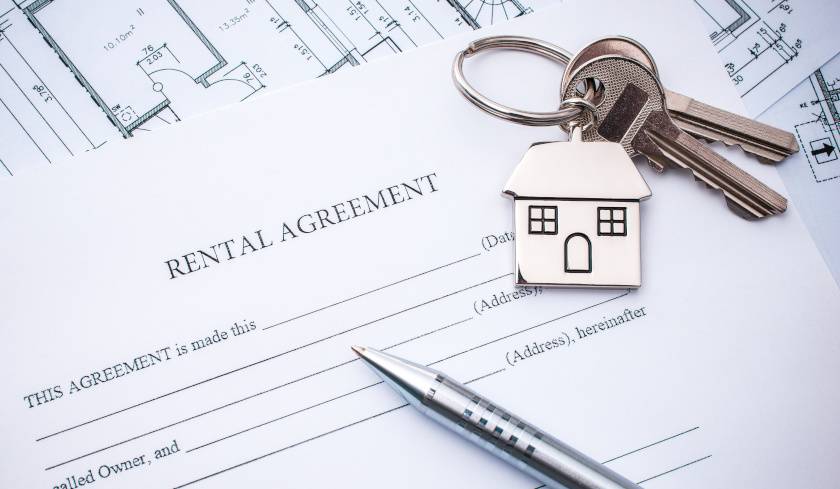Rents surge as rental vacancy rates hit 10-year low
Rental markets are tightening, with the national residential rental vacancy rate said to have hit its lowest level since May 2011.

The national residential rental vacancy rate has dropped to 1.7 per cent over June from 1.8 per cent a month earlier, hitting its lowest mark in 10 years, new data from SQM Research has revealed.
The total number of vacancies across Australia now sit at 60,457 residential properties, down from 62,144 in May.
Sydney, Melbourne, Adelaide and Hobart saw vacancy rates fall over the month, while Brisbane, Perth and Darwin remained stable. Only Canberra experienced monthly lift in the number of vacant properties.
Hobart and Darwin now have the tightest rental market, with vacancy rates at 0.4 per cent, or 140 and 149 vacant properties, respectively.
Adelaide followed with 0.6 per cent vacancy rate (1,299 vacant properties), then Canberra with 0.7 per cent (492 vacant properties), Perth with 0.9 per cent (2,015 vacant properties), Brisbane with 1.3 per cent (4,520 vacant properties), Sydney with 2.8 per cent (21,159 vacant properties) and Melbourne with 3.5 per cent (21,992 vacant properties).
Sydney CBD and Melbourne CBD also saw vacancy rates fall to 5.6 per cent and 5.8 per cent, respectively, marking a return towards longer-term levels.
Alongside a drop in capital city vacancy rates, SQM managing director Louis Christopher revealed that the “high point” in regional occupancy has been reached, signaling some relief for local renters may be coming later this year.
But, as a result, “rents are now accelerating in our larger capital cities”, Mr Christopher confirmed.
Over the month to 12 July, capital city average asking rents rose 1.8 per cent for houses to $575 per week and 1.7 per cent for units to $419.
Meanwhile, over the year, rents added 7.7 per cent for houses but fell 0.5 per cent for units.
Of the capital cities, Brisbane saw the highest monthly rise in house rents at 3.2 per cent, followed by Sydney with 2.2 per cent, Adelaide with 1.8 per cent, Canberra with 1.6 per cent, Melbourne with 1.2 per cent, Darwin with 1.1 per cent, Perth with 0.5 per cent and Hobart with 0.2 per cent.
As for units, Darwin experienced a 6.4 per cent lift. Adelaide followed, albeit with a large gap, with 3 per cent.
Meanwhile, Sydney saw a 1.6 per cent increase in unit rents over the month, followed by Perth with 1.1 per cent, Brisbane with 0.8 per cent, Melbourne with 0.7 per cent and Canberra with 0.6 per cent. Hobart was the only capital city that saw a decline of 4.3 per cent.
Canberra remains the most expensive city to rent for both houses and units.
How much do you need?
Depending on which capital city tenants choose to live in, here’s an indication of weekly asking rents:
Sydney
House: $689
Unit: $463.4
Melbourne
House: $518.2
Unit: $363.6
Brisbane
House: $516.4
Unit: $390.1
Perth
House: $522.8
Unit: $401.2
Adelaide
House: $451.1
Units: $335
Canberra
House: $719 (most expensive - house)
Units: $499.7 (most expensive - unit)
Darwin
House: $622.9
Unit: $458.3
Hobart
House: $473
Units: $403.9
